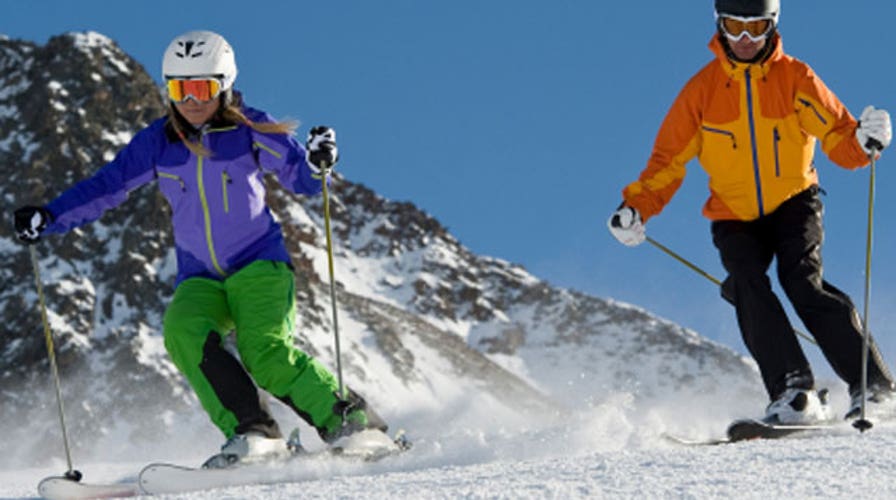Preventing Winter Sports Injuries
From wiping out on your snowboard to losing a ski, what you need to know about safety on the slopes
During the peak ski season, everyone from snowboarders to ski bunnies hit the slopes.
But if you aren’t careful, you could end up on a stretcher instead of enjoying the after-party.
“Around this time of year…we see an increased rate of neck and back injuries with snowboarding and skiing,” said Dr. Sean McCance, co-director of spinal surgery at Mount Sinai Hospital in New York City.
“A man just skiing here locally in New Jersey was trying some jumps, got out of control and came down his head, cracked his helmet and suffered a herniated disc in his neck.”
According to the U.S. Consumer Product Safety Commission, skiing related injuries sent an estimated 133,000 people to the hospital in 2006. Snowboarding came in a close second with 127,000 heading to the emergency room.
McCance said the most common injuries for snowboarders are wrist injuries, while skiers usually suffer from knee injuries. No matter what kind of injury it is, McCance said your body will tell you when to stay down.
“The most common thing that they would feel, typically, is pain in the back or neck,” McCance said. “If it’s a more serious injury, like a ruptured disc or fracture, they could feel pain radiating down their legs or arm.”
If that’s the case, always wait for ski patrol to take you down the mountain.
To avoid injury, try these safety tips:
- Always stretch before you make the first run.
- Wear the appropriate gear, including a helmet.
- Maintain your equipment.
- Ski and snowboard on trails that are within your ability.
- Stay in control.
If you are experiencing pain that doesn’t go away after time and rest, McChance said it’s a good idea to call your doctor.

